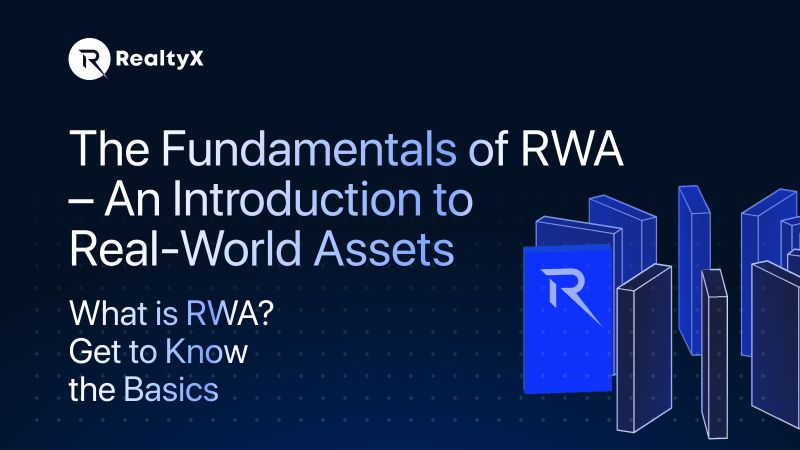What Crypto is Best for Tokenization: An Observational Research
페이지 정보

본문
What Crypto is Best for Tokenization: An Observational Research
Introduction
Tokenization, the process of transforming real-world assets into electronic symbols on a blockchain, has become a transformative force in financing, realty, and even art. The selection of blockchain system and cryptocurrency for tokenization is important, as it affects safety, scalability, and fostering. This empirical research study discovers the leading cryptocurrencies for tokenization, reviewing their toughness and weaknesses based on real-world usage situations, technological functions, and market trends.
Method
This research study is based on empirical evaluation of existing tokenization tasks, blockchain performance metrics, and neighborhood adoption. Data was collected from whitepapers, developer documentation, and case studies of energetic tokenized assets. The analysis requirements include:

- Smart Contract Performance: The capacity to create and implement complicated tokenization logic.
- Scalability: Purchase throughput and network blockage problems.
- Safety and security: Resistance to hacks and fraud.
- Regulatory Conformity: Support for KYC/AML and other legal requirements.
- Environment Support: Schedule of tools, pocketbooks, and exchanges.
Leading Cryptocurrencies for Tokenization
1. Ethereum (ETH)
Ethereum remains the leading platform for tokenization, mostly because of its durable smart contract capabilities. The ERC-20 and ERC-721 requirements have actually ended up being industry standards for fungible and non-fungible tokens (NFTs), respectively. Significant tokenized possessions, such as property (e.g., RealT) and securities (e.g., tZERO), are improved Ethereum.
Pros:
- Extensive programmer area and documents.
- High liquidity and extensive exchange assistance.
- Upgrades (e.g., Ethereum 2.0) goal to improve scalability.
Cons:
- High gas charges throughout network congestion.
- Slower deal speeds compared to more recent blockchains.
2. Polygon (MATIC)
Polygon, a Layer 2 remedy for Ethereum, has gained grip for tokenization due to its reduced charges and fast transactions. If you have any inquiries with regards to exactly where and how to use crypto coins with real world use, you can get in touch with us at the web site. It supplies Ethereum compatibility while alleviating its scalability concerns. Jobs like Polymesh emphasis on security tokens, leveraging Polygon's facilities.
Pros:
- Near-instant deals and very little fees.
- Seamless combination with Ethereum tools.
- Expanding adoption in DeFi and NFT markets.
Cons:
- Dependence on Ethereum for final negotiation.
- Smaller sized environment compared to Ethereum.
3. Solana (SOL)
Solana's high throughput (65,000 TPS) and reduced costs make it an eye-catching choice for tokenization, specifically for high-frequency applications. Projects like Metaplex have actually tokenized assets like digital art and collectibles on Solana.
Pros:
- Very quickly and cost-efficient.
- Solid assistance for NFTs and DeFi.
- Energy-efficient proof-of-history consensus.
Disadvantages:
- Centralization problems because of validator requirements.
- Past network blackouts raise integrity questions.
4. Polkadot (DOT)
Polkadot's interoperable multi-chain structure permits specialized blockchains (parachains) for tokenization. Jobs like Energy Internet Token usage Polkadot for eco-friendly energy property tokenization.
Pros:
- Cross-chain compatibility.
- Adjustable blockchain reasoning for details usage instances.
- Solid governance model.
Disadvantages:
- Intricacy might prevent smaller tasks.
- Slower adoption compared to Ethereum.
5. Algorand (ALGO)
Algorand's pure proof-of-stake (PPoS) mechanism supplies security and scalability for tokenized properties. It is favored for CBDCs and institutional tokenization, as seen in the Marshall Islands' SOV project.
Pros:
- High-speed, low-cost deals.
- Regulatory-friendly functions.
- Carbon-negative impact.
Disadvantages:
- Smaller designer community.
- Less decentralized than Ethereum.
Emerging Challengers
Various other blockchains like Avalanche (AVAX), Tezos (XTZ), and Cosmos (ATOM) are likewise making strides in tokenization. Avalanche's subnets enable adjustable tokenization services, while Tezos focuses on formal verification for security-critical possessions.
Conclusion
Ethereum continues to be the leader in tokenization as a result of its well established ecosystem, however options like Polygon, Solana, and Algorand are making headway with exceptional scalability and cost-efficiency. The most effective option depends upon the details usage case: Ethereum for widespread adoption, Polygon for Ethereum-compatible low-cost services, Solana for high-speed applications, and Algorand for regulatory-compliant possessions. As blockchain technology advances, interoperability and hybrid options may additionally obscure the lines between these systems.
Tokenization, the process of transforming real-world possessions right into electronic symbols on a blockchain, has arised as a transformative force in finance, genuine estate, and even art. The option of blockchain platform and cryptocurrency for tokenization is critical, as it impacts safety and security, scalability, and adoption. This research is based on observational analysis of existing tokenization projects, blockchain performance metrics, and area fostering. Other blockchains like Avalanche (AVAX), Tezos (XTZ), and Cosmos (ATOM) are also making strides in tokenization. Ethereum continues to be the leader in tokenization due to its recognized community, yet alternatives like Polygon, Solana, and Algorand are gaining ground with premium scalability and cost-efficiency.
- 이전글【토토사이트 홍보프로그램 텔레 @MOASOFT】 카지노커뮤니티 네이버검색키워드광고 네이버키워드마케팅 검색순위 유투브광고 25.06.01
- 다음글Ditching Weight-reduction plan Marketing campaign 25.06.01
댓글목록
등록된 댓글이 없습니다.
